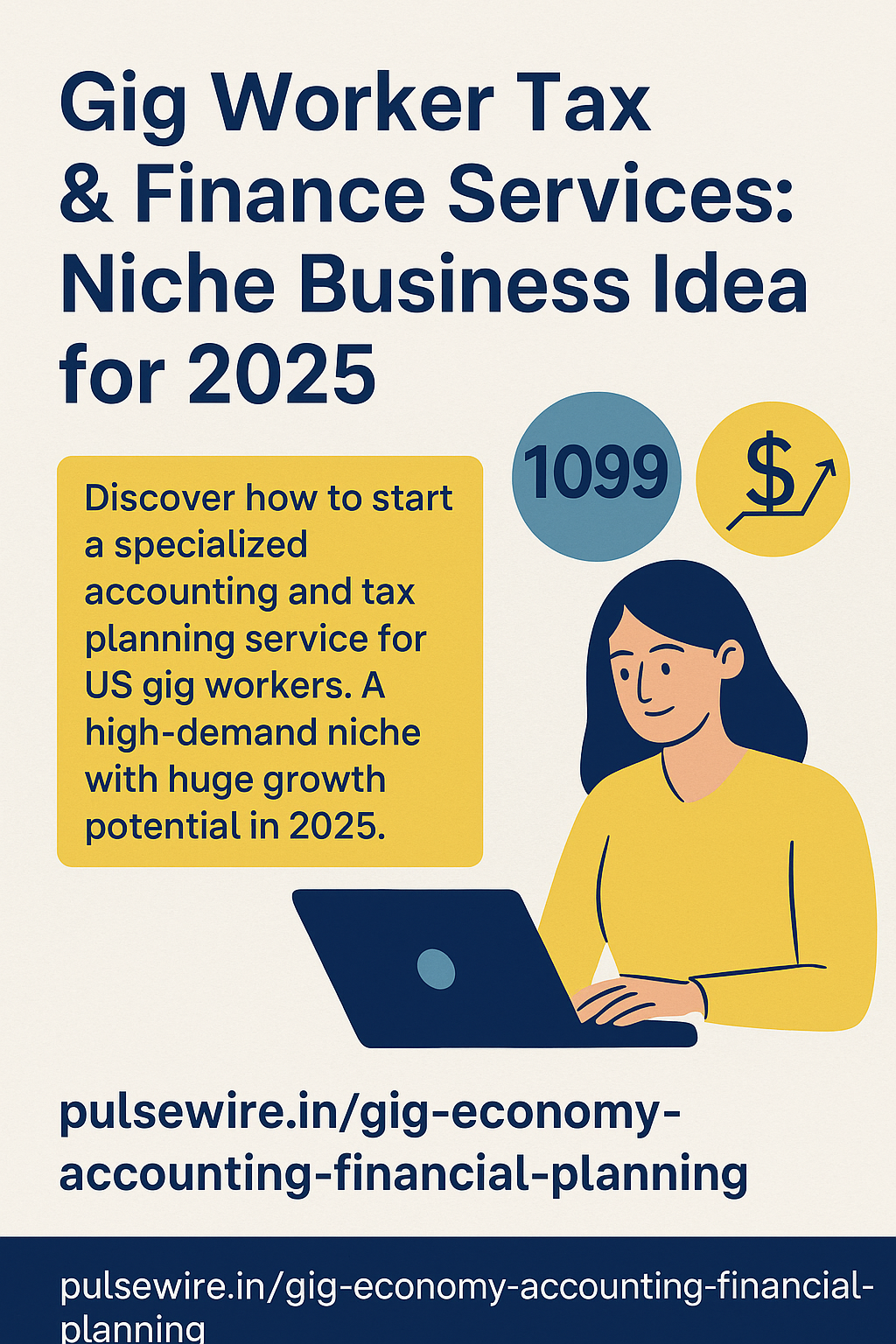
Disclaimer
This article is for informational and educational purposes only and should not be considered financial advice. Investing involves risks, and actual returns may vary. Always consult with a qualified financial advisor or tax professional before making any investment decisions.
Introduction: Why Passive Income in 2025?
In an era marked by economic shifts, technological advancements, and evolving work paradigms, the allure of passive income has never been stronger. The year 2025 presents unique opportunities to diversify income streams, achieve financial independence, and adapt to a rapidly changing financial landscape.
Understanding Passive Income
Passive income refers to earnings derived from ventures in which an individual is not actively involved on a daily basis. While the idea suggests minimal effort, most passive income streams require significant initial investment, whether in time, capital, or both.
Top Passive Income Ideas for 2025
1. Dividend Stocks
- Description: Investing in shares of companies that pay regular dividends.
- Effort Level: Medium – requires research and portfolio management.
- Potential Earnings: Varies based on investment size and stock performance.
- Pros: Potential for steady income and capital appreciation.
- Cons: Market volatility, dividend cuts, and economic downturns.
- Getting Started: Open a brokerage account and research dividend-paying stocks.pulsewire.in
2. Real Estate Crowdfunding
- Description: Pooling funds with other investors to invest in real estate projects.
- Effort Level: Low to Medium – due diligence on platforms and projects.
- Potential Earnings: Depends on project success and market conditions.
- Pros: Access to real estate investments with lower capital.
- Cons: Illiquidity, platform risk, and market fluctuations.
- Getting Started: Sign up on reputable crowdfunding platforms and review available projects.
3. Digital Products (eBooks, Online Courses)
- Description: Creating and selling digital content online.
- Effort Level: High initial effort; low ongoing maintenance.
- Potential Earnings: Scalable based on product quality and marketing.
- Pros: Global reach and potential for passive sales.
- Cons: Market saturation and need for continuous promotion.
- Getting Started: Identify a niche, create quality content, and choose a platform to sell.
4. Affiliate Marketing
- Description: Earning commissions by promoting other companies’ products.
- Effort Level: Medium – content creation and audience building.
- Potential Earnings: Varies widely; dependent on traffic and conversion rates.
- Pros: Low startup costs and flexibility.
- Cons: Income instability and dependence on affiliate programs.
- Getting Started: Choose a niche, build a platform (blog, YouTube, etc.), and join affiliate programs.
5. Peer-to-Peer Lending
- Description: Lending money to individuals or businesses through online platforms.
- Effort Level: Low – platform handles transactions.
- Potential Earnings: Interest income; varies with borrower risk.
- Pros: Diversification and potential for higher returns.
- Cons: Default risk and regulatory changes.
- Getting Started: Register on a P2P platform, assess risk profiles, and start lending.
6. Renting Out Assets
- Description: Generating income by renting out property, vehicles, or equipment.
- Effort Level: Medium – maintenance and customer service.
- Potential Earnings: Depends on asset value and demand.
- Pros: Utilizes existing assets for income.
- Cons: Depreciation, wear and tear, and liability concerns.
- Getting Started: List assets on rental platforms and manage bookings.
7. Niche Blogging
- Description: Creating a blog focused on a specific topic to attract a dedicated audience.
- Effort Level: High initial effort; ongoing content creation.
- Potential Earnings: Through ads, sponsored posts, and product sales.
- Pros: Authority building and multiple monetization avenues.
- Cons: Time-consuming and competitive.
- Getting Started: Choose a niche, set up a blog, and consistently produce valuable content.
Important Considerations for All Passive Income Streams
- Taxes: All income is subject to taxation. Consult a tax professional.
- Diversification: Avoid relying on a single income source.
- Due Diligence: Research thoroughly before investing time or money.
- Patience: Building passive income takes time and persistence.
- Continuous Learning: Stay updated with market trends and adapt accordingly.
Conclusion: Your Journey to Financial Freedom
Embarking on the path to passive income in 2025 requires strategic planning, dedication, and informed decision-making. By understanding the nuances of each income stream and aligning them with your goals and resources, you can build a diversified portfolio that paves the way to financial independence.
About the Author
Jaya is a personal finance enthusiast and researcher who shares insights from his own experiences and extensive research. She is not a certified financial advisor.









